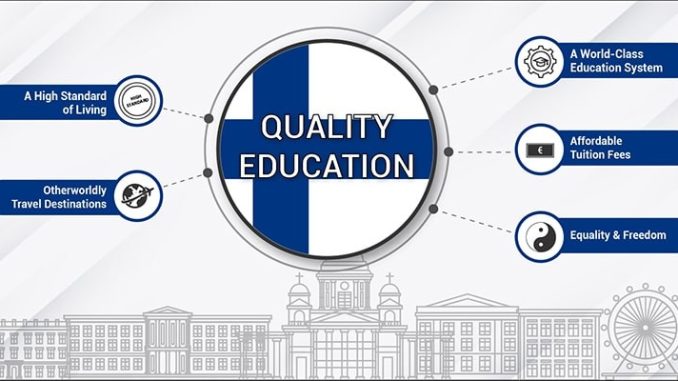
When people talk about the world’s best education systems, Finland often stands out as a model of innovation, equity, and long-term success. The Finnish approach to education has captured global attention for its high student outcomes, low stress levels, and an overall philosophy that seems to challenge many of the norms found in other countries. Yet what makes Finland’s education system so effective isn’t a single policy or method, but rather a holistic commitment to values that prioritize learning over testing, collaboration over competition, and well-being over rigid performance metrics.
At the heart of the Finnish system is the belief that education should be accessible and equitable for every child, regardless of their socioeconomic background. This belief isn’t just aspirational—it’s embedded in how the system operates. Schools in Finland are publicly funded, and there’s very little variation in quality between urban and rural institutions. Students don’t attend elite private schools or prep academies to get ahead, because the public school down the road provides just as strong an education. That kind of consistency allows the system to focus less on comparison and more on development.
Teachers in Finland are held in high regard, not just in terms of respect, but in the level of trust and autonomy they’re given. To become a teacher, one must earn a master’s degree, and the selection process is rigorous. But once in the profession, Finnish teachers enjoy a degree of freedom that many educators elsewhere can only imagine. They are trusted to choose how to teach their students, design their own assessments, and make curriculum decisions that best fit the needs of their classrooms. This professional respect contributes to job satisfaction and stability, which in turn creates a more consistent and experienced teaching force.
Another key aspect of the Finnish model is its approach to curriculum and evaluation. Rather than a test-heavy system that ranks students and schools based on standardized scores, Finland emphasizes formative assessment—ongoing feedback that helps students understand how they’re progressing and where they can improve. National exams are minimal, and when assessments do take place, they are designed to support learning, not define it. This reduces pressure on students and fosters a culture where understanding is more important than rote memorization.
One of the most striking features of Finnish education is how much trust is placed in the students themselves. From an early age, children are encouraged to take responsibility for their learning, to ask questions, and to explore topics at their own pace. This doesn’t mean that learning is unstructured. On the contrary, the Finnish system is carefully planned, but it is flexible enough to allow creativity and independence to thrive. The school day is shorter than in many countries, and homework is limited. The idea is that learning should not consume a child’s entire life, and that rest, play, and family time are essential to healthy development.
This balanced approach seems to pay off. Finnish students consistently score highly in international assessments, particularly in reading, math, and science. But beyond the test results, what truly sets Finland apart is how it manages to combine academic success with overall student well-being. Burnout and anxiety—so common among students in high-pressure systems—are noticeably lower. Education is not treated as a race but as a journey, one that respects the pace and individuality of each learner.
The integration of special education into mainstream classrooms is another example of Finland’s inclusive philosophy. Rather than separating students with learning difficulties, Finnish schools embed support services into the daily classroom environment. Specialized teachers work alongside general educators to provide targeted assistance without isolating the student. This not only improves learning outcomes but also fosters a sense of community and belonging.
What’s also noteworthy is that Finland didn’t achieve this success overnight. The system was built over decades, with a steady commitment to long-term goals rather than quick fixes. Education reforms began in earnest in the 1970s, driven by a vision of equity, social cohesion, and national development. Policymakers, educators, and communities worked together to create a system that reflects shared values. That cooperative spirit continues today, ensuring that changes are thoughtful, evidence-based, and rooted in the real experiences of students and teachers.
Of course, no system is without challenges. As Finland’s society changes and global pressures mount, its education system must also adapt. There are ongoing discussions about digital learning, multicultural classrooms, and the future of work—all of which will shape how Finnish schools evolve. But what remains constant is the country’s commitment to a student-centered approach and its resistance to trends that might compromise that foundation.
For countries looking to emulate Finland’s success, it’s tempting to ask, “What can we copy?” But the better question might be, “What values are we willing to commit to?” Finland’s education system isn’t built on flashy innovations or top-down mandates. It’s built on trust—trust in teachers, in students, and in the idea that learning is more meaningful when it’s rooted in care, balance, and mutual respect. That ethos, more than any policy, may be the true secret to its success.